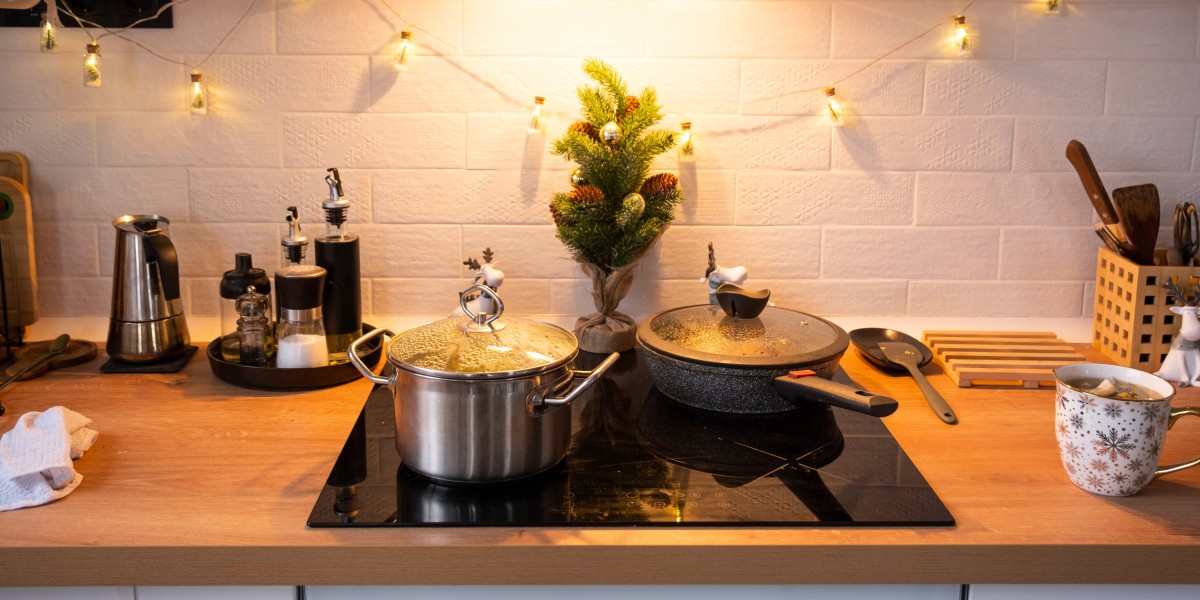The Comprehensive Guide to Built-In Ovens
Intro
Built-in ovens are a staple in modern kitchens, integrating beauty with performance. They offer a sleek aesthetic and effective cooking capabilities, making them a favored option for house owners and cooking lovers alike. This post delves into the advantages of built-in ovens, their various types, crucial features to think about, installation ideas, and upkeep suggestions, along with frequently asked questions.

Advantages of Built-In Ovens
Built-in ovens come with a selection of benefits that contribute to their appeal. Here are some crucial benefits:

- Space-Saving Design: Built-in ovens are developed to fit effortlessly into cabinets, permitting a more orderly and space-efficient kitchen design.
- Visual Appeal: They supply a sleek and modern appearance that can boost the general style of the kitchen.
- Improved Functionality: Built-in ovens frequently feature advanced features and innovations that support various cooking approaches.
- Enhanced Cooking Experience: Many built-in models consist of self-cleaning functions, temperature probes, and programmable settings, enhancing the cooking experience.
- Increased Property Value: A well-designed kitchen with built-in appliances can enhance the value of a home.
Types of Built-In Ovens
Built-in ovens come in several types, each developed to fulfill various cooking choices and requirements. Here are the primary types:
| Type of Built-In Oven | Description |
|---|---|
| Single Oven | A single, standalone oven for traditional baking and roasting. |
| Double Oven | Integrates two ovens in one system, enabling several dishes to prepare at various temperature levels. |
| Wall Oven | Set up in the wall, maximizing counter space, suitable for little kitchen areas. |
| Stove | Uses fans to distribute hot air for even cooking, enhancing the outcomes of baked items. |
| Steam Oven | Makes use of steam for much healthier cooking choices, preserving nutrients in food. |
Secret Features to Consider
When picking a built-in oven, numerous functions can affect efficiency and functionality. Here are some vital functions to keep in mind:
Cooking Modes
- Bake: Traditional baking with bottom heat.
- Broil: Top heat cooking ideal for browning and crisping.
- Convection: Circulates hot air for even cooking.
- Steam: Uses steam for healthier cooking alternatives.
Size and Capacity
- Requirement sizes generally range from 24 to 30 inches large.
- Think about the internal capacity-- it can range from 3 to 6 cubic feet, enabling various meal sizes.
Controls and Smart Features
- Touchscreen Controls: Easy shows and changes.
- Smart Technology: Connectivity features permit remote monitoring and control by means of smart device applications.
Energy Efficiency
- Search for models with ENERGY STAR ratings, suggesting lower energy consumption.
Security Features
- Functions like automobile shut-off and child locks enhance security during operation.
Setup Tips
Setting up a built-in oven may require expert support, but here are some general pointers to remember:
- Choose the Right Location: Ensure there's sufficient area in your cabinets for installation, bearing in mind ventilation requirements.
- Electrical Requirements: Check that your kitchen's wiring satisfies the oven's power requirements, especially for electric models.
- Level the Oven Technology: Ensure the oven is level to promote even cooking.
- Protect the Oven: Attach it securely to the kitchen cabinetry to prevent movement throughout use.
Maintenance Advice
Routine maintenance is essential for the durability and performance of a built-in oven. Here's how to keep it in leading shape:
- Regular Cleaning: Wipe down surfaces after each usage and perform deep cleaning regularly.
- Check Seals: Inspect door seals for wear and guarantee they preserve an airtight fit to improve energy efficiency.
- Adjust Temperature: If food regularly comes out overcooked or undercooked, think about recalibrating the oven's temperature settings.
- Professional Servicing: Schedule yearly check-ups with a trained technician to preserve optimal performance.
FAQs
What is the difference between a built-in oven and a freestanding oven?
Built-in ovens are designed to be set up within cabinetry, offering a smooth appearance. On the other hand, freestanding ovens are standalone systems that normally come with their own cooktop.
Are built-in ovens more expensive than freestanding designs?
Normally, built-in ovens can be more costly due to the added installation expenses and advanced functions. Nevertheless, costs vary widely based upon brand, size, and functionalities.
Can I set up a built-in oven myself?
While it is possible to install a built-in oven yourself, it is advised to hire a professional to make sure appropriate installation, particularly if modifications to cabinets or electrical work are required.
How typically should I clean my built-in oven?
It is a good idea to clean your built-in oven routinely after heavy use. For much deeper cleanings, use the self-cleaning function if available or periodically carry out manual cleaning to avoid accumulation.
Built-in ovens are a valuable addition to any kitchen, providing both visual appeal and advanced cooking abilities. By comprehending their types, features, setup, and upkeep requirements, property owners can make educated options that boost their cooking experience and increase the total worth of their homes. As kitchen designs continue to develop, built-in ovens will likely remain a prominent option for modern homes.







